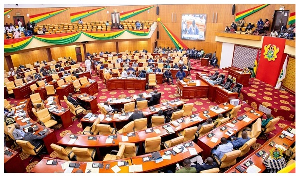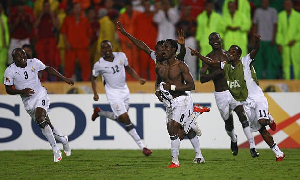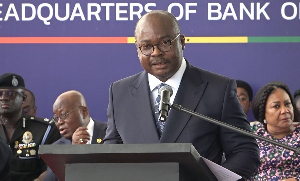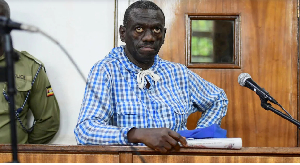The double-track school system in Ghana began in 2018 following President Nana Dankwa Akuffo Addo’s assumption of power as the Ghanaian President. During his election campaign, the presidential candidate had promised to introduce the Free Senior High School (SHS) program to enable all Ghanaians to have access to high school education.
Similar to Nkrumah’s ideology that educating Ghanaians can safeguard Ghana’s future, the Akuffo Addo’s administration introduced free education to grant equal educational access to both the rich and poor and those in the rural and urban centers.
After the introduction of the free education system, the unavailability of sufficient infrastructures called for the introduction of a double-track system which divided the Ghanaian high school system into two sessions. The Double Track System is divided into two: The Green Track and The Gold Track.
The Green Track group is the first batch of students who attends the first school session for a semester after which they go on vacation. The Gold Track group resumes school when the Green Track group is on vacation and schools for a semester duration. Under the double-track system, students spend two months in the house during vacation.
Such a long and unusual vacation period has caught the attention of Ghanaians and parents who have complained about the effectiveness and efficiency of the program. The concerns of Ghanaians cannot be given deaf ears since teaching-learning activities are halted for the group on vacation. The onus falls on parents to initiate and monitor the learning of their wards.
The issue of students having to spend more time during vacation could be solved by the introduction of blended learning. Blended learning, which is a mixture of learning methods that incorporate multiple teaching models–most frequently eLearning and traditional face-to-face learning can be used to provide instruction to double-track students during vacation. Students have the opportunity to learn faster and process information effectively when learning goes beyond the classroom interaction to the incorporation of diverse techniques.
Students get to study online with the assistance of their teachers. The teachers then monitor the learning progress of each individual student and give timely feedback to the student.
Why is blended learning important?
1. Blended learning methods can also result in high levels of student achievement than depending heavily on face-to-face learning
2. It is more affordable and saves time.
3. Students study anytime and anywhere.
4. It is self-paced, thus student study at his/her own pace since student becomes the tutor.
5. It covers all learning styles: an effective blended learning model helps cater to all learning styles through a variety of mediums and techniques.
In Alla L. Nazarenko(2015) study conducted in Moscow State University to ascertain the significance of blended learning, 96% of students indicated they like blended learning because it is user-friendly intuitive interface, it provides easy access to learning materials, everything about blended learning is handy, collaborative, interactive, and provides the capability to have access to learning materials.. In another study that Vernadakis, Giannousi, Derri, and Michalopoulos (2011) conducted, it was revealed through the study of 53 undergraduate physical education students that blended learning improves the academic performance of students since it provides diverse techniques to satisfy the range of students diversities. Although the cases cited above are outside the shores of Africa, blended learning when incorporated into the Ghanaian double-track system would be beneficial to students.
The major hurdles of blended learning include technological and human resource limitations. Students and teachers need access to the internet and computer or mobile device to access blended learning educational materials. While most students in urban areas already have access to technology to help access blended learning materials, those in rural areas are disadvantaged. This can be tackled by providing computer labs in rural communities where students can go and study using free computers and the internet. Computer labs in Senior high schools in rural areas could also be equipped to allow indigenes of the community study and access blended learning materials online.
Since existing senior high school teachers can be trained to make use of the various free and paid blended learning platforms such as the Learning management system (i.e. Moodle, Google Classroom, Schoology, among others ), Khan Academy, formative assessment tools such as NWEA MAP human resource limitation can easily be tackled. The University of Cape Coast, University of Education, Winneba and University of Ghana all produce Educational Technologists and Instructional designers whose services can be employed to make blended learning a reality in Ghana.
Authors; *Nana Osei Bonsu, Aburaman Senior High School.
Godwin Gyimah, Eastern Illinois University.
Samuel Kofi Adjepong, University of Cape Coast.
Osei Amankwa Gyampo, Kumasi Wesley Girl’s SHS.
*You can reach the corresponding author via nanseezy@gmail.com
REFERENCES
Nazarenko., A. L. (2015). Blended learning vs Traditional learning: What works? Procedia- Social and Behavioral science, 200, 1-7.
Vernadakis. N., Giannousi, M., Derri, V., & Michalopoulos, M. (2011).The impact of blended and traditionalinstruction in students’ performance, Procedia Teachnology, 1, 439-443.
Opinions of Friday, 17 January 2020
Columnist: Nana Osei Bonsu



















